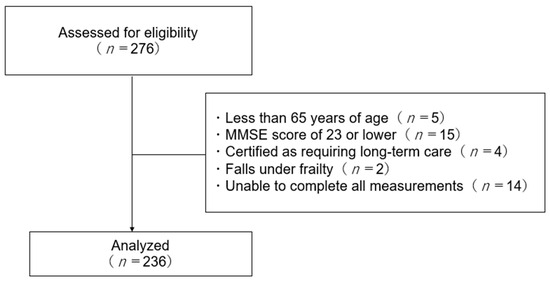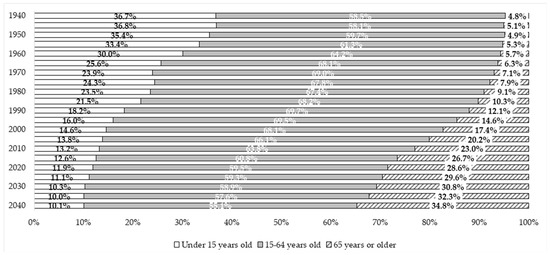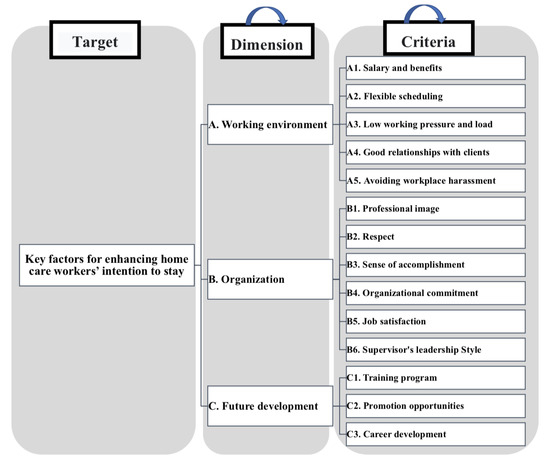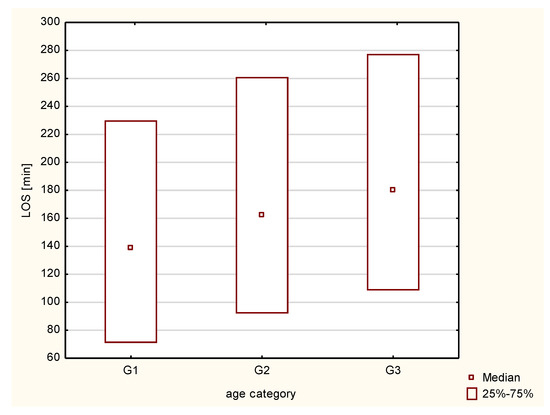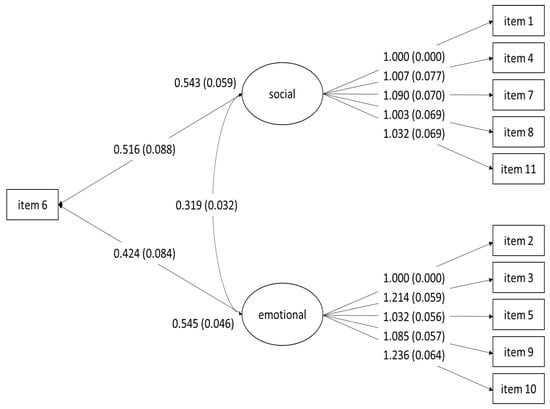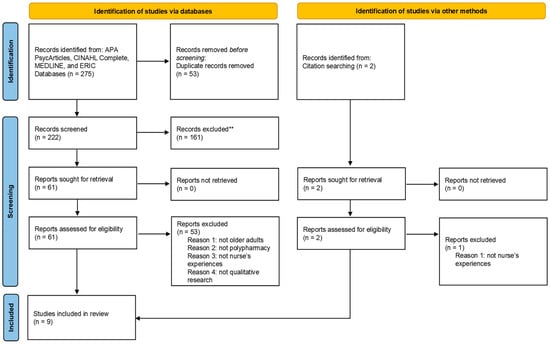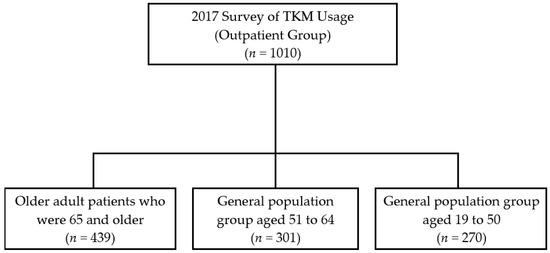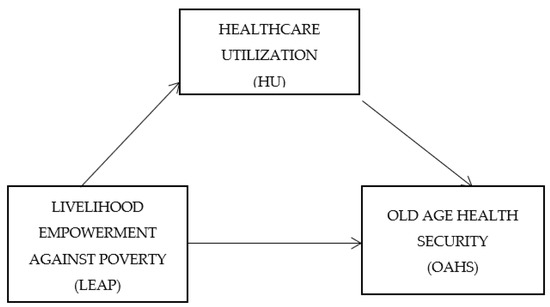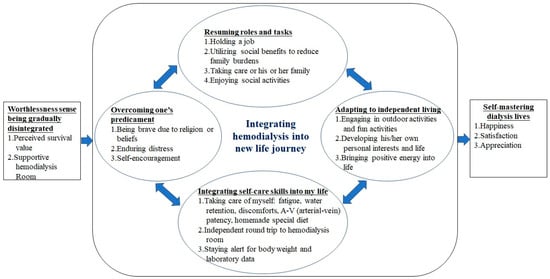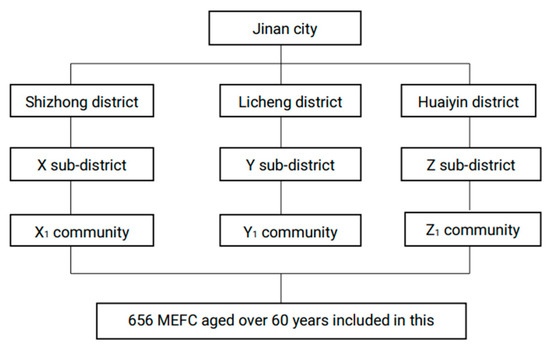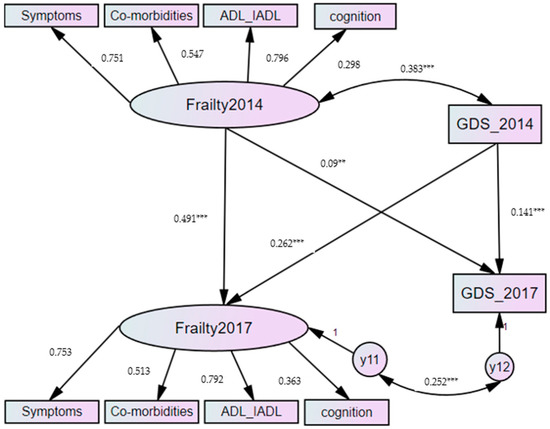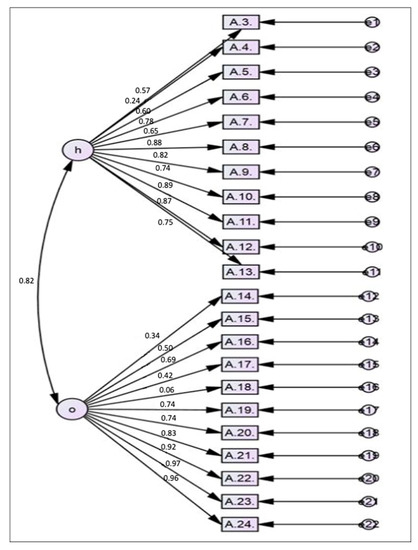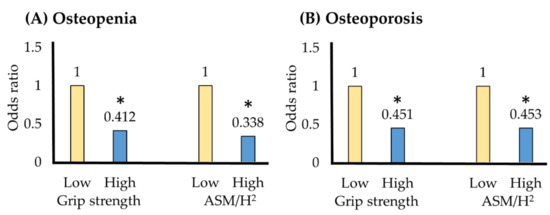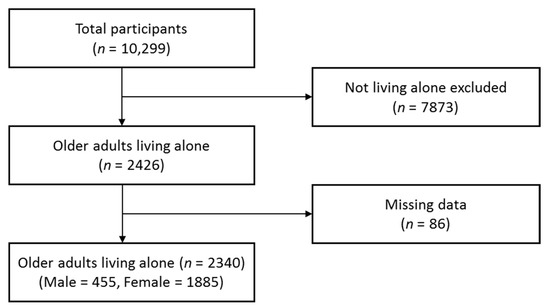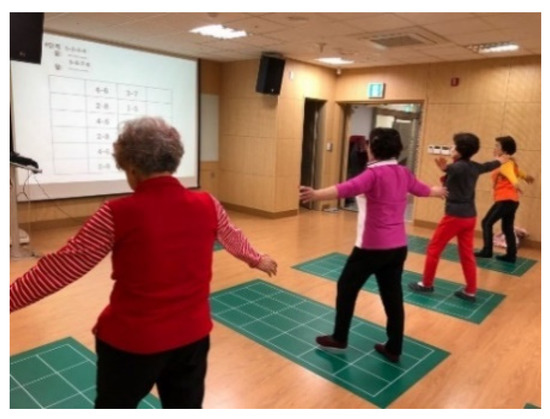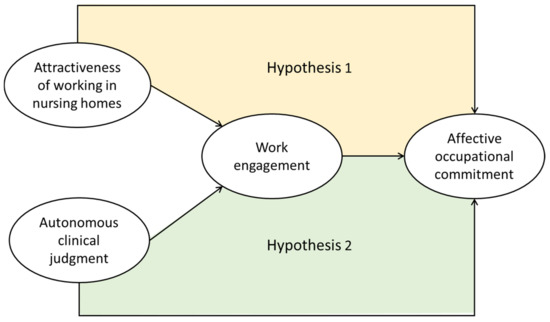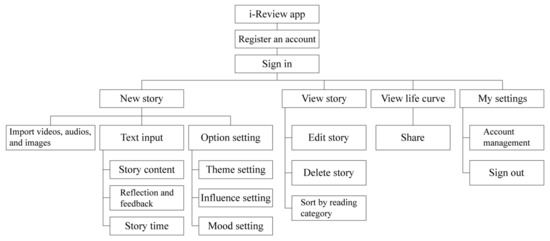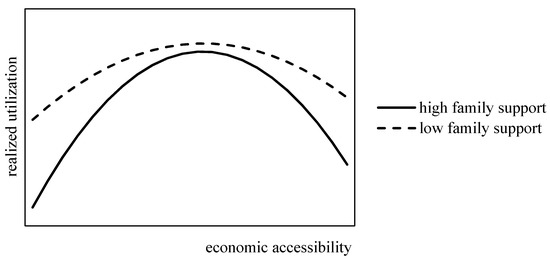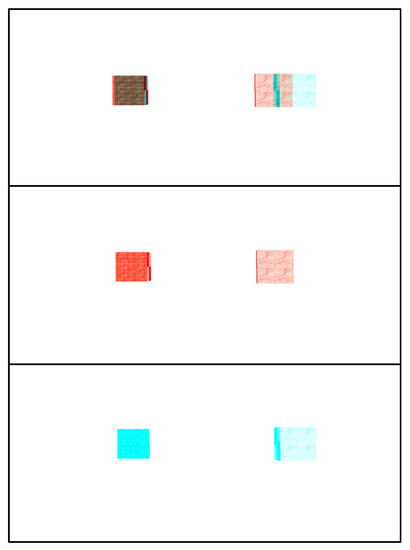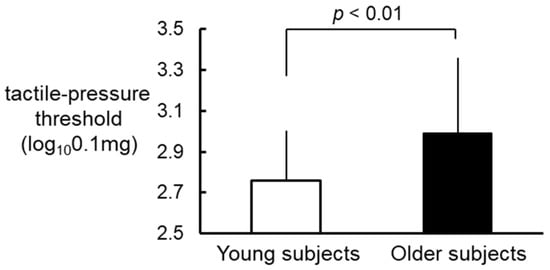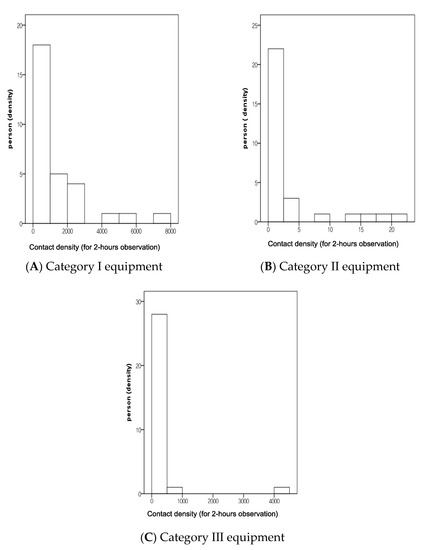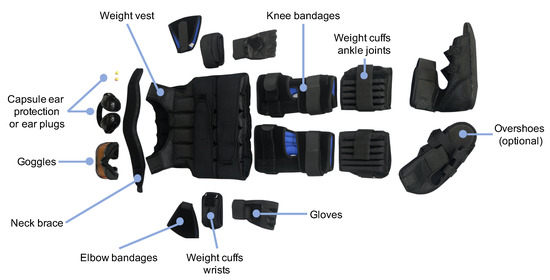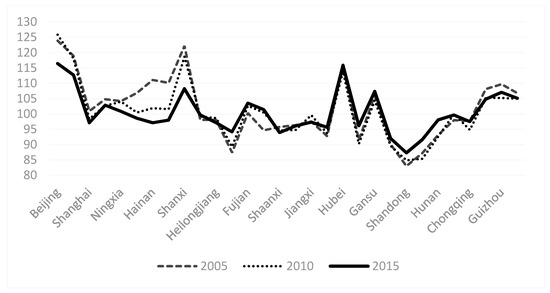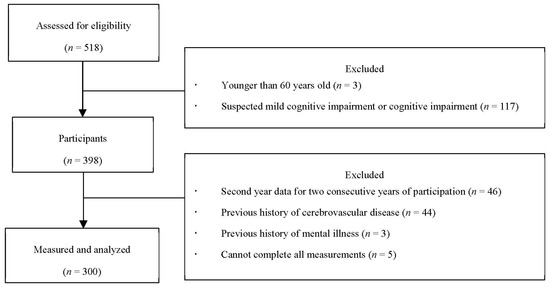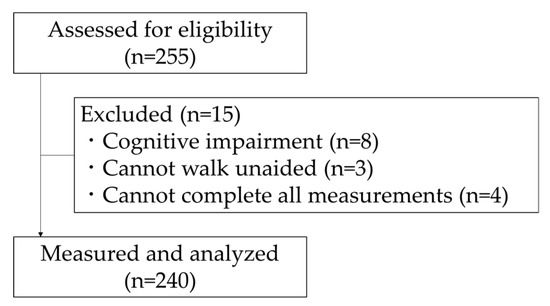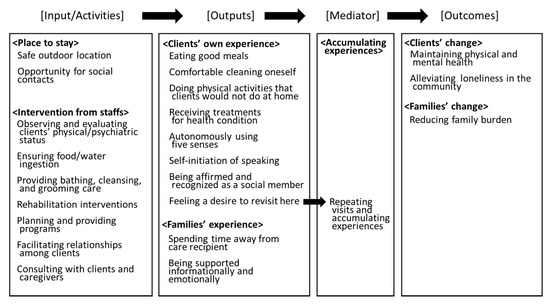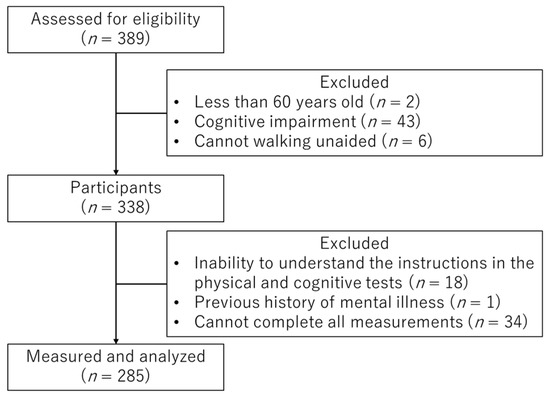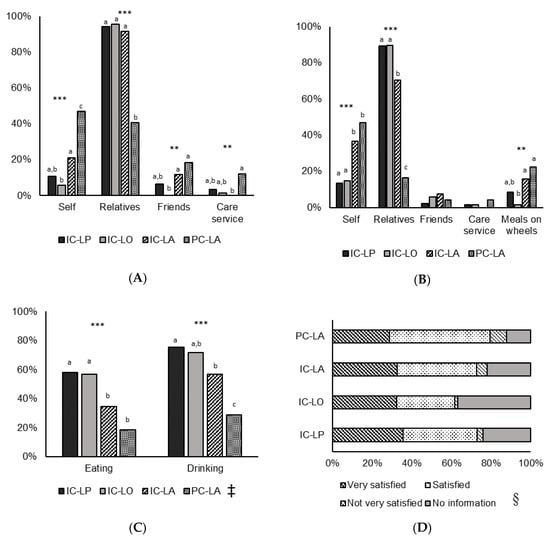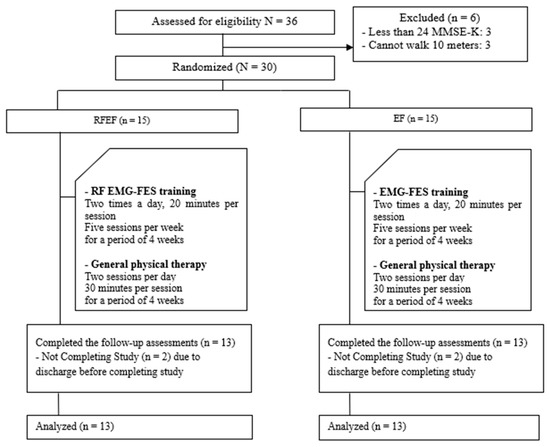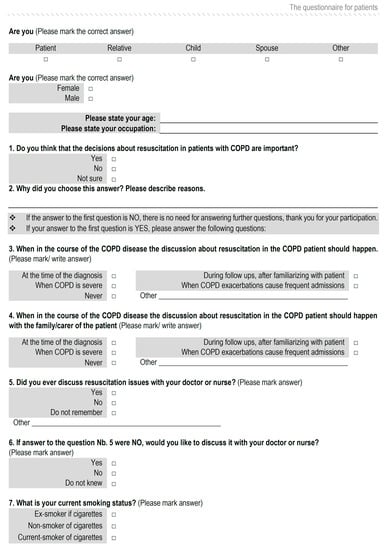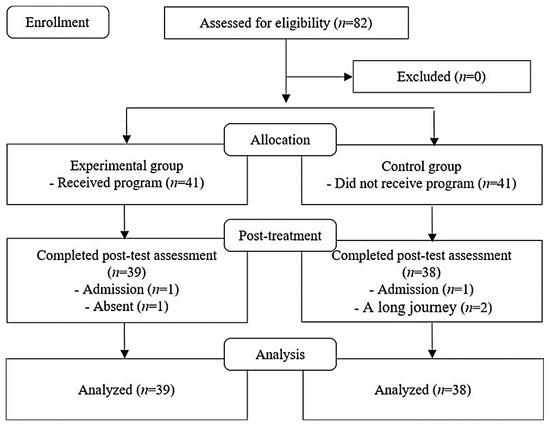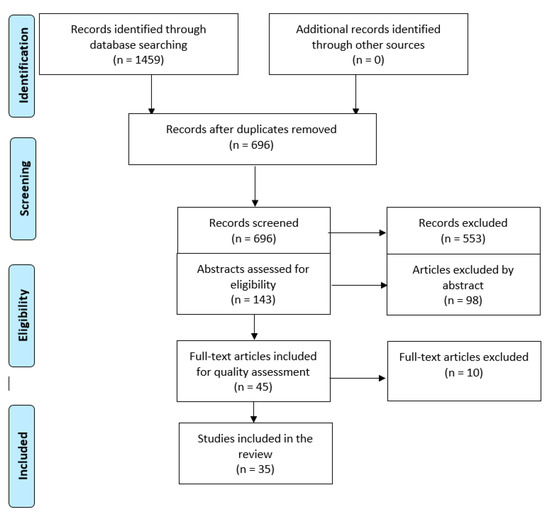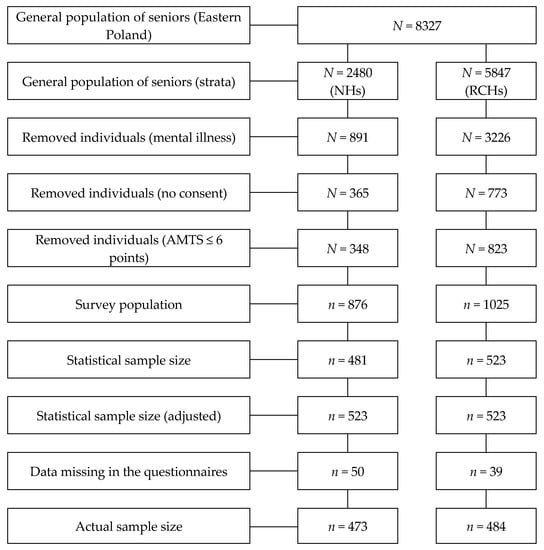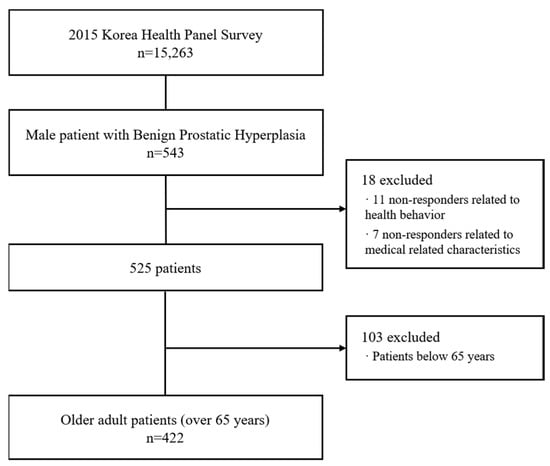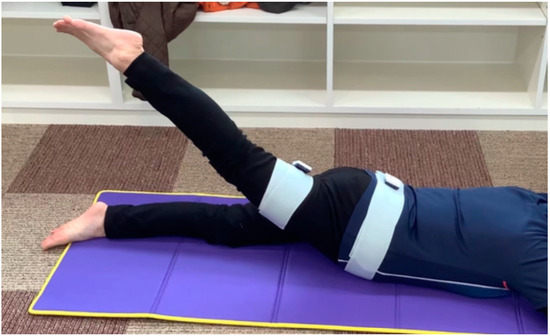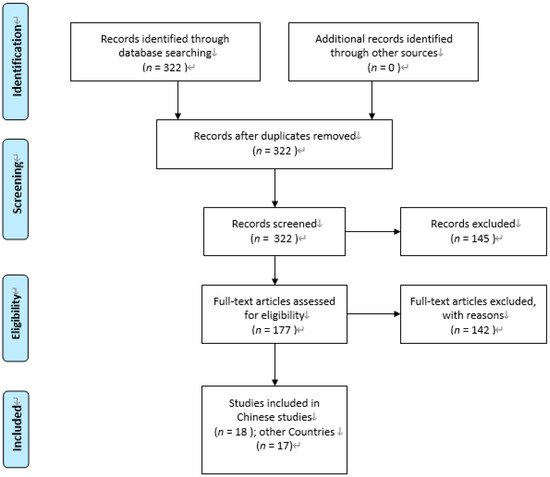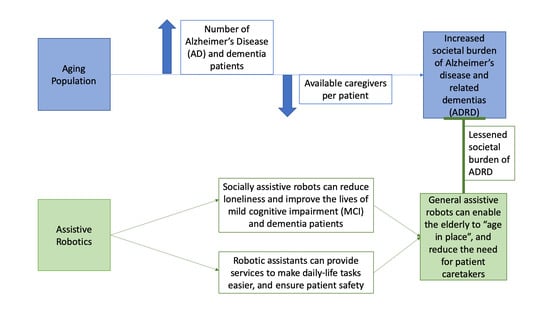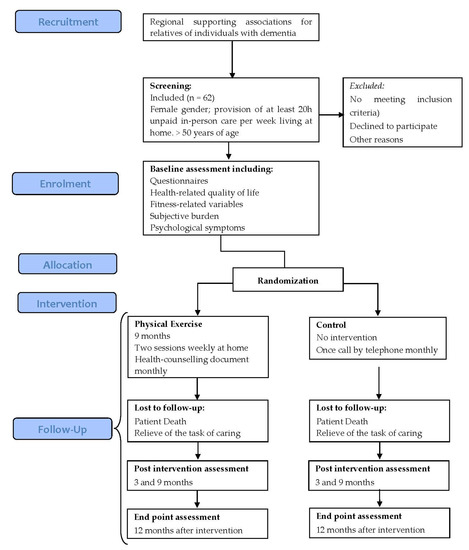Health Care and Services for Elderly Population
A topical collection in Healthcare (ISSN 2227-9032). This collection belongs to the section "Nursing".
Viewed by 164611Editor
Interests: neurorehabilitation; neural plasticity; electroencephalography; neuromodulation; neurofeedback; motor learning; motor control; stroke; aging
Special Issues, Collections and Topics in MDPI journals
Topical Collection Information
Dear Colleagues,
Extension of healthy life expectancy of the elderly is an important issue worldwide. According to the World Health Organization, healthy life expectancy is defined as the average number of years that a person can expect to live in “full health”, while also considering the years they may live in less than full health due to disease and/or injury. The difference between healthy life expectancy and average life expectancy is the interval during which an individual experiences an unhealthy state that limits daily life; increasing this difference will increase the period of required spending on medical expenses and care costs. Therefore, if the difference between the average life expectancy and healthy life expectancy can be lessened by disease prevention, health promotion, and preventative care for the elderly, it is expected that the quality of life of the elderly will be improved and the social security burden will be reduced. This Special Issue features a wide range of research papers on care and services for extending the healthy life expectancy of the elderly.
Dr. Hideki Nakano
Collection Editor
Manuscript Submission Information
Manuscripts should be submitted online at www.mdpi.com by registering and logging in to this website. Once you are registered, click here to go to the submission form. Manuscripts can be submitted until the deadline. All submissions that pass pre-check are peer-reviewed. Accepted papers will be published continuously in the journal (as soon as accepted) and will be listed together on the collection website. Research articles, review articles as well as short communications are invited. For planned papers, a title and short abstract (about 100 words) can be sent to the Editorial Office for announcement on this website.
Submitted manuscripts should not have been published previously, nor be under consideration for publication elsewhere (except conference proceedings papers). All manuscripts are thoroughly refereed through a single-blind peer-review process. A guide for authors and other relevant information for submission of manuscripts is available on the Instructions for Authors page. Healthcare is an international peer-reviewed open access semimonthly journal published by MDPI.
Please visit the Instructions for Authors page before submitting a manuscript. The Article Processing Charge (APC) for publication in this open access journal is 2700 CHF (Swiss Francs). Submitted papers should be well formatted and use good English. Authors may use MDPI's English editing service prior to publication or during author revisions.
Keywords
- Elderly
- Health care and services
- Healthy life expectancy
- Aging brain care






